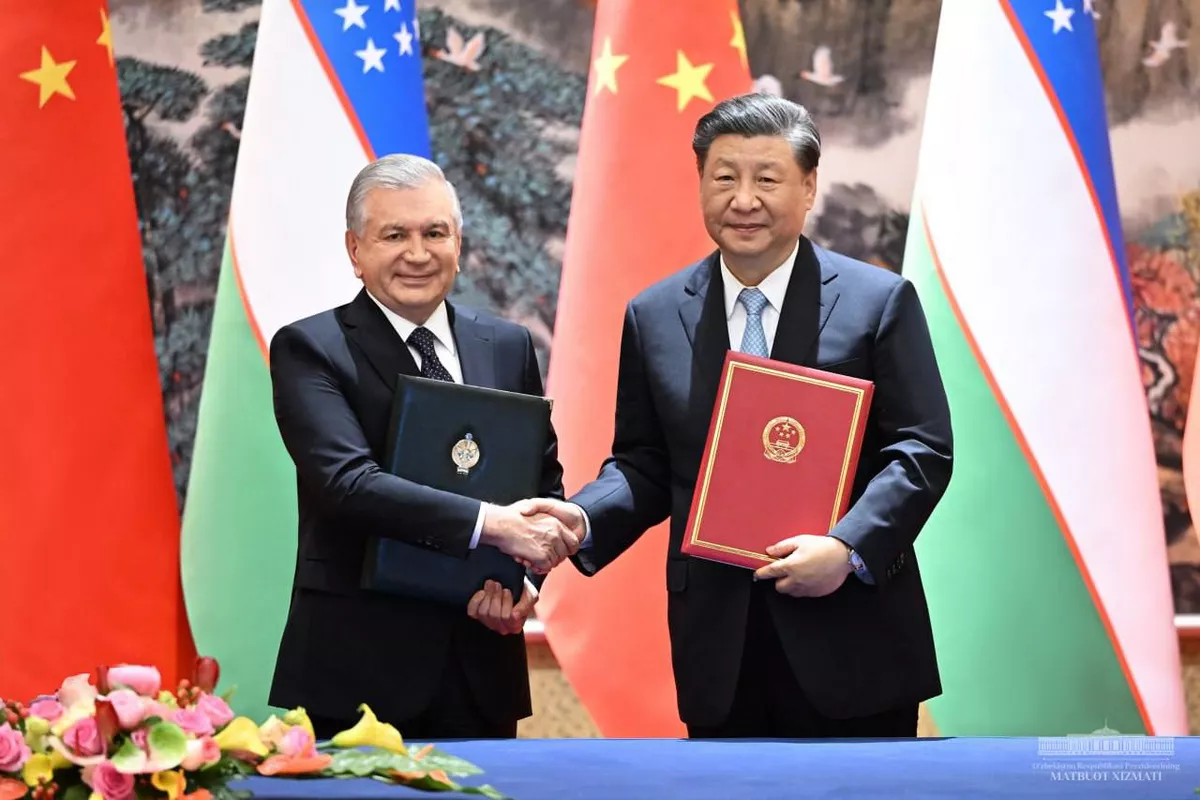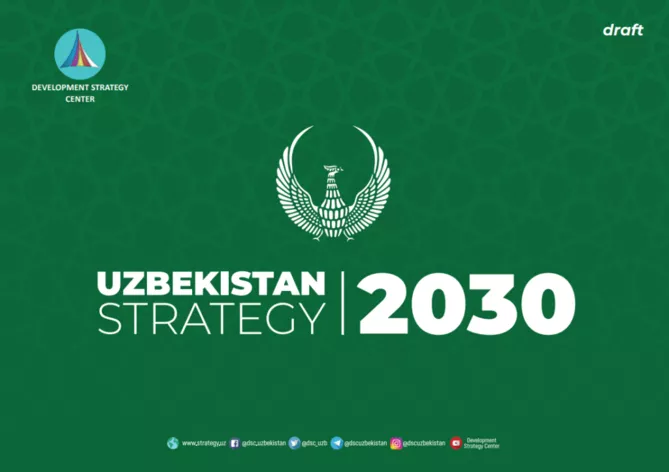
photo: Kun.uz
When Uzbek President Shavkat Mirziyoyev recently announced that schools, colleges, and universities across Uzbekistan would introduce a program for advanced study of the Chinese language, it was clear this was far more than an educational reform. One hundred native Chinese speakers and volunteers are being brought into the country to spearhead the initiative, signaling that this is part of a much larger geopolitical strategy. Language is never just about communication - it is about forging bonds of culture and trust. In the case of Uzbekistan and China, this move underlines a rapidly deepening relationship that spans politics, economics, technology, and ideology.
For Uzbekistan, this decision is not merely about teaching Chinese; it is about preparing its society for a new phase of cooperation. Mirziyoyev himself highlighted this connection when he noted that during his September visit to Beijing, Uzbekistan secured agreements with dozens of major Chinese companies in fields ranging from energy and geology to agriculture and water management. The result was a staggering $35 billion package of investment projects. Such an ambitious vision requires a workforce fluent not only in technology but also in the language and mindset of its strategic partner. To meet this need, Uzbekistan plans to establish two “Uzbek-Chinese workshops” in every region of the country - hubs where cultural understanding and technical expertise will merge.

photo: The Asia Today
The symbolism of this partnership runs deep. During Mirziyoyev’s visit, both sides signed key agreements, including a program to align Uzbekistan’s “Strategy 2030” with China’s “Belt and Road Initiative.” They also formalized plans for mutual cultural centers and expanded cooperation between trade organizations. In the educational sphere, concrete steps were taken to open new branches of Chinese universities in Uzbekistan. This includes the planned establishment of a Xi’an Petroleum University branch, with talks ongoing to create a similar partnership with the Beijing Institute of Technology.
Education is becoming one of the cornerstones of this relationship. Confucius Institutes are expanding their presence in Uzbekistan, while plans for specialized “Lu Ban Workshops” aim to train a new generation of experts in fields such as artificial intelligence, medicine, energy, and agriculture. Most strikingly, Tashkent and Beijing are discussing the creation of a joint center for AI development - a bold step that positions Uzbekistan not merely as a recipient of technology but as a potential innovator within the global tech landscape.
This vision has historical roots. In 1992, Uzbekistan became the first Central Asian country to establish diplomatic relations with China. As Chinese President Xi Jinping remarked, the peoples of the two nations have “inherited the spirit of the Silk Road,” cultivating a tree of friendship with deep roots and vibrant branches. That tree is now bearing fruit, not only in trade and infrastructure but also in shared diplomatic endeavors. For instance, on September 9, special envoys from both nations met to coordinate their positions on Afghanistan, reflecting a joint commitment to regional stability.
Economically, the relationship has reached impressive heights. By mid-2025, bilateral trade had already surpassed $8 billion for the year, an 18% increase compared to 2024. China has now firmly established itself as Uzbekistan’s largest trading partner. During Mirziyoyev’s recent visit, the two leaders set an ambitious target to boost trade to $20 billion annually, with agreements signed for 13 new projects worth around $5 billion. The partnership has tangible results on the ground: nearly 4,000 enterprises in Uzbekistan now operate with Chinese capital, while joint industrial parks and special economic zones are flourishing. Even the production of Chinese electric vehicles, such as BYD, is expanding within Uzbekistan’s borders, highlighting the industrial synergy between the two nations.

photo: Reuters
This collaboration is about more than numbers. It represents a new model for Eurasia - one built on economic integration, mutual trust, and shared strategic vision. As noted by the Chinese journal Silk Road Review, the Uzbekistan-China partnership has become a regional example of how economic projects, cultural cooperation, and political alignment can combine to create stability and growth.
Critics may view Uzbekistan’s pivot toward China as a gamble, especially given the shifting global balance of power. However, in a world defined by fragmentation and uncertainty, Tashkent’s strategy looks increasingly pragmatic. By deepening ties with Beijing, Uzbekistan gains access to investment, technology, and a massive export market, while also positioning itself as a key node in the Belt and Road network. At the same time, it strengthens its voice on the international stage, aligning closely with China in organizations such as the United Nations and the Shanghai Cooperation Organization.
The stakes are high. As the West grows more divided and regional conflicts intensify, partnerships like this one could shape the future of Eurasia. Uzbekistan’s embrace of Chinese language education is not just about teaching students new words; it is about preparing an entire generation to engage with a rising power. If successful, this cultural and economic fusion could propel Uzbekistan into a new era of prosperity and influence, with China as both partner and catalyst.
In the end, the story of Uzbekistan and China is one of ambition - a vision of two nations navigating the currents of global change together. Whether this partnership becomes a cornerstone of stability or a flashpoint of competition will depend on how wisely both sides manage their growing interdependence. For now, the momentum is undeniable, and the leaves of that Silk Road friendship tree continue to grow greener and more vibrant.
Share on social media